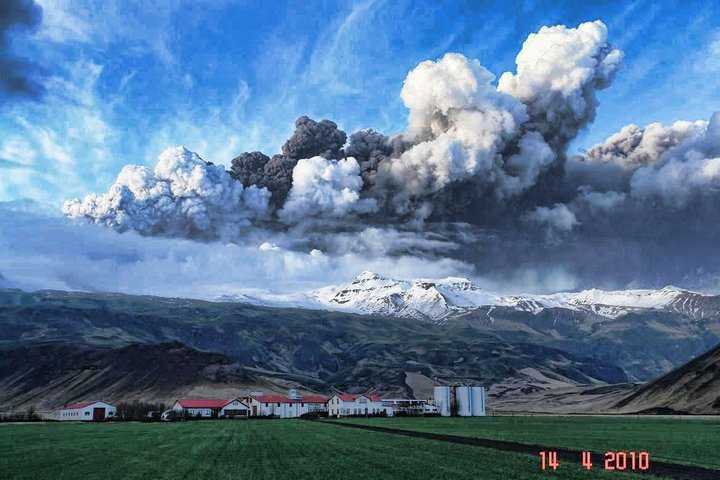#ash cloud
Amazing video of the 2010 eruption of the vulcano “Eyjafjallajökull” in Iceland . The eruption caused major air travel disruptions in Europe, making it too dangerous for planes to fly in and out of major parts in Europe for more than a week.

Lapilli, meaning ‘little stones’ in Latin, can have diverse origins, but the example shown on a photograph is more precisely called accretionary lapilli.
Accretionary lapilli form during a volcanic eruption in the ash cloud. When big volcanic eruption occurs, a volcano will blow a huge cloud into the atmosphere. Such cloud will contain massive boulders, smaller rocks, volcanic ash and gases etc. Rocks are heavy, so they fall back down fast, however, ash and gases do not. The most abundant and important in this process gas is a water vapour.
Mix fine ash and water vapour/steam together and what you get is an airborne mud. Water vapour sticks ash particles together, so as the huge turbulent ash cloud grows and mixes, more and more ash particles come together to form little balls (lapilli) which then rain down like hail once they get too heavy.
This layer formed after such rock rain in Hawai’i Island (Big Island).
Post link

